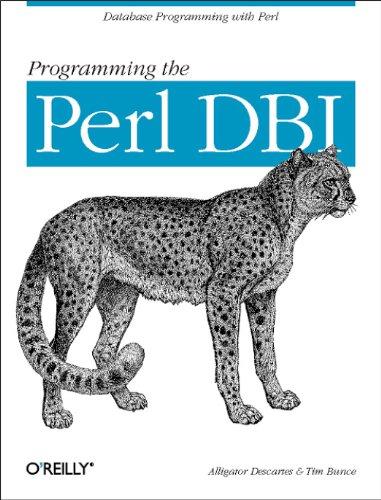Answered step by step
Verified Expert Solution
Question
1 Approved Answer
Binary Search Trees Operations: Pseudocode and Asymptotic Analysis Given Algorithm 1 and 2, shown in the photo #1 below: (i) Use Big Oh notation to
Binary Search Trees Operations: Pseudocode and Asymptotic Analysis 



Winter 2019 350: Data Structures and Algrithm Analysis ordered map ADT (shetract data ype) using a general binary search tree (BST) and an AVI tree. You are asked to complete missing statements on the peeudocode for the implemen- tation either by writing down the missing statement or by matching a given statement to the corresponding index of the missing statement in the pseudocode. You are also asked to provide asymptotic growth rate for the worst-case running-time and space complexity of some of the algorithms 2. [14 ptaJ In thie problem, you will considler peeadocode for algorithms to implement an (a) (6 pts.] BST Operations: Pseudocode and Asymptotic Analysis Algorithm 1 provides the pseudocode for the constructor of a node to be used in an AVL tree, often denoted here by T, so that T.root is either a node, or NULI. if T is empty. You can assume that the function height (w) returns the corresponding height of node in the tree, which is O if w NULL, and w.height otherwise. Algorithm 1 Nodel&, e,left, right, parent) l: new node 3 w.value-e 4: te.left left 5 w.right -right 6: w parent +parent 7: w.height1+ max(heightlleft), height(right)) 8: return t Algorithm 2 is the corresponding implementation of the find method of an ordered map ADT, which works on any BST. It has been modified slightly here to facilitate the implementation of the putAVL and eraseAVL, methods, the corresponding versions of the put and erase operations for arbitrary BSTs, considered later in this problem. In particular, find takes as input a BST T and a key k, and outputs a pair of nodes (w, z), where w is the node with the key k if found in T, and z the parent node of w; if key k is not in T, then w is NULL and z is the last node traversed while searching for key k. (Note that w can be NULL and z can also be NULL in general.) Algorithm 2 find(T,k) l: w T.root 2: while w NULL and kw.key do 3:w.parent 4: if k Given Algorithm 1 and 2, shown in the photo #1 below:
(i) Use Big Oh notation to provide tight characteristics of worst case running time implemented in Algorithm 2 from picture 1
(ii) Complete Pseudocode for our method shown in picture 2
(iii) Complete Pseudocode for erase method shown in picture 3
(iv) Complete Pseudocode for removeNode methos shown in picture 4




Step by Step Solution
There are 3 Steps involved in it
Step: 1

Get Instant Access to Expert-Tailored Solutions
See step-by-step solutions with expert insights and AI powered tools for academic success
Step: 2

Step: 3

Ace Your Homework with AI
Get the answers you need in no time with our AI-driven, step-by-step assistance
Get Started


